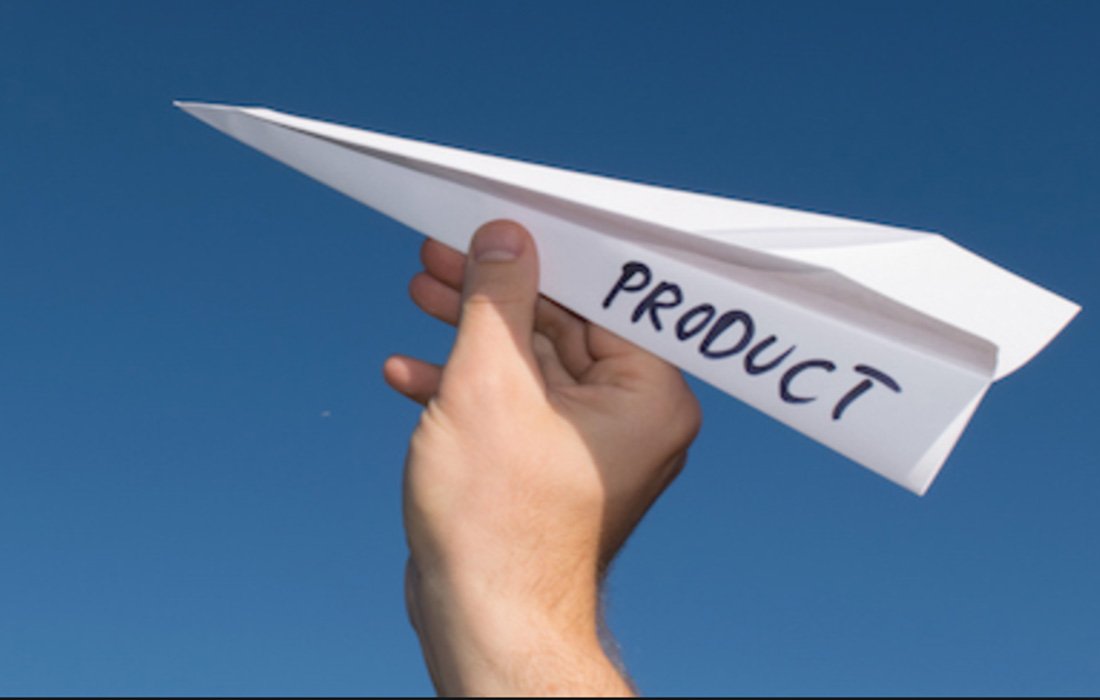Launching a new product or service is an emotionally charged experience, similar to having butterflies fluttering nonstop in your stomach. It’s a combination of excitement, nervousness, and anticipation all at once. Every business owner or entrepreneur aspires to introduce a product that not only succeeds in the market but also captures the hearts of customers. However, a successful launch does not occur by luck. To obtain the desired results, effective planning, well-defined tactics, and timely execution are required.
A well-structured plan is vital for connecting with your target audience and making a lasting impact. Without the correct attitude, even the best ideas can go overlooked. That’s why we’ve produced a straightforward, step-by-step guide to assist you in effectively launching your product. This guide is intended to provide you with a clear grasp of what it takes to have an impactful and gratifying product launch.
Trust the process that we are going to reveal. With careful attention to each phase, you’ll be setting yourself up for the best possible outcome, an amazing launch that your target audience will notice and appreciate.
Step-by-Step Guide for Successfully Launching a New Product or Service
So, without further ado, let’s begin the process of successfully launching a new product or service. Individuals that follow this tried-and-tested guidance are more likely to attain their goals. Prepare to learn about practical marketing ideas and step-by-step instructions for making your new launch a success. Let us begin your journey to a successful launch.
- Identify your target audience
The first and most important stage in launching a successful product or service is to define your target audience. Knowing who you want to reach directs your marketing plan, maintains consistency in your messaging, and enables for a meaningful relationship with potential customers. Understand your ideal audience’s interests, behaviors, and where they spend their time, whether online or offline.
Determine how people are likely to perceive your marketing activities. Once you’ve clearly defined your target audience, you’ll have a firm foundation upon which to build the rest of your product launch strategy with confidence and effectiveness.
- Determine your customer requirements
After you’ve determined your target audience, the following stage is to thoroughly understand their wants and expectations. This entails undertaking extensive study to determine the difficulties they confront and the solutions they are actively looking for. You should develop your product to address their primary needs and offer substantial benefits.
To accomplish this, conduct extensive market research with methods including surveys, consumer interviews, and demographic analysis. Evaluate what your target audience genuinely wants, how they behave, and what motivates their purchasing decisions. This research will inform your product development and assist you in linking your launch strategy with genuine client wants.
- Research your market competitors
Before entering the market, it is critical to research your competition. Analyzing similar organizations’ offerings will help you understand market expectations, trends, and gaps that your product can fill. Examine your competitors’ marketing strategies, communication styles, pricing patterns, and customer engagement tactics.
Concentrate on identifying their vulnerabilities or places where they fall short; this will help you get a competitive advantage. Understanding your competitors enables you to establish a more successful product strategy and messaging that portrays your product as a superior and more useful alternative in the eyes of your target customers.
- Search for influential figures
Begin your product launch by developing strong relationships with influencers. These might be devoted customers, industry partners, journalists, bloggers, or social media personalities—anyone with a voice that your target audience listens to. Your goal is to ensure that people are aware of your product well before it hits the market.
Begin reaching out weeks, if not months, in advance to generate enthusiasm and buzz. Encourage people to discuss your product, offer their thoughts, and generate content related to it. This early interaction not only raises awareness but also establishes credibility, providing your launch a solid and trustworthy base from the outset.
- Launch teaser campaigns
If individuals aren’t willing to buy a product or service based on a pitch, they’re unlikely to do so when it becomes available. One simple method to accomplish this is to create a landing page. Run advertisements. Determine whether a user clicks the “Buy Now” button. If so, you’ve received validation.
Furthermore, use teaser ads like “Coming Soon,” “Just Announced,” “Preview,” “Leaked Product Information,” “First Look,” and so on to pique customers’ interest. Regardless of your ‘teaser campaign’ strategies, the overall goal is to generate excitement and interest by drip-feeding product information such as features, benefits, and use cases.
- Release the product
If you have the resources, consider hosting a launch event and inviting key stakeholders such as prospects, existing customers, media, influencers, and industry experts. The actual launch is one of the most exciting and impactful times in your product journey, so seek to instill passion and anticipation in your audience.
A well-organized event can help create buzz and encourage early engagement. However, keep in mind that, while a launch event is significant, it will not determine the success of your product. To maintain long-term sustainability, avoid exceeding your budget or resources; instead, focus on providing a meaningful experience within your limits.
End note!
You’re well on your way to a successful launch once you’ve defined your product or service, identified your target demographic, and developed a sound marketing strategy. The objective is to know your narrative so well that you can comfortably share it with anyone, including the media, potential clients, and even companies for possible collaborations. Remember that a product launch is significantly more complex than it appears. It entails many moving pieces and meticulous planning. You’ve already spent a substantial amount of time and money on development; don’t waste it with a badly handled launch. Make it count, and launch with a purpose.

